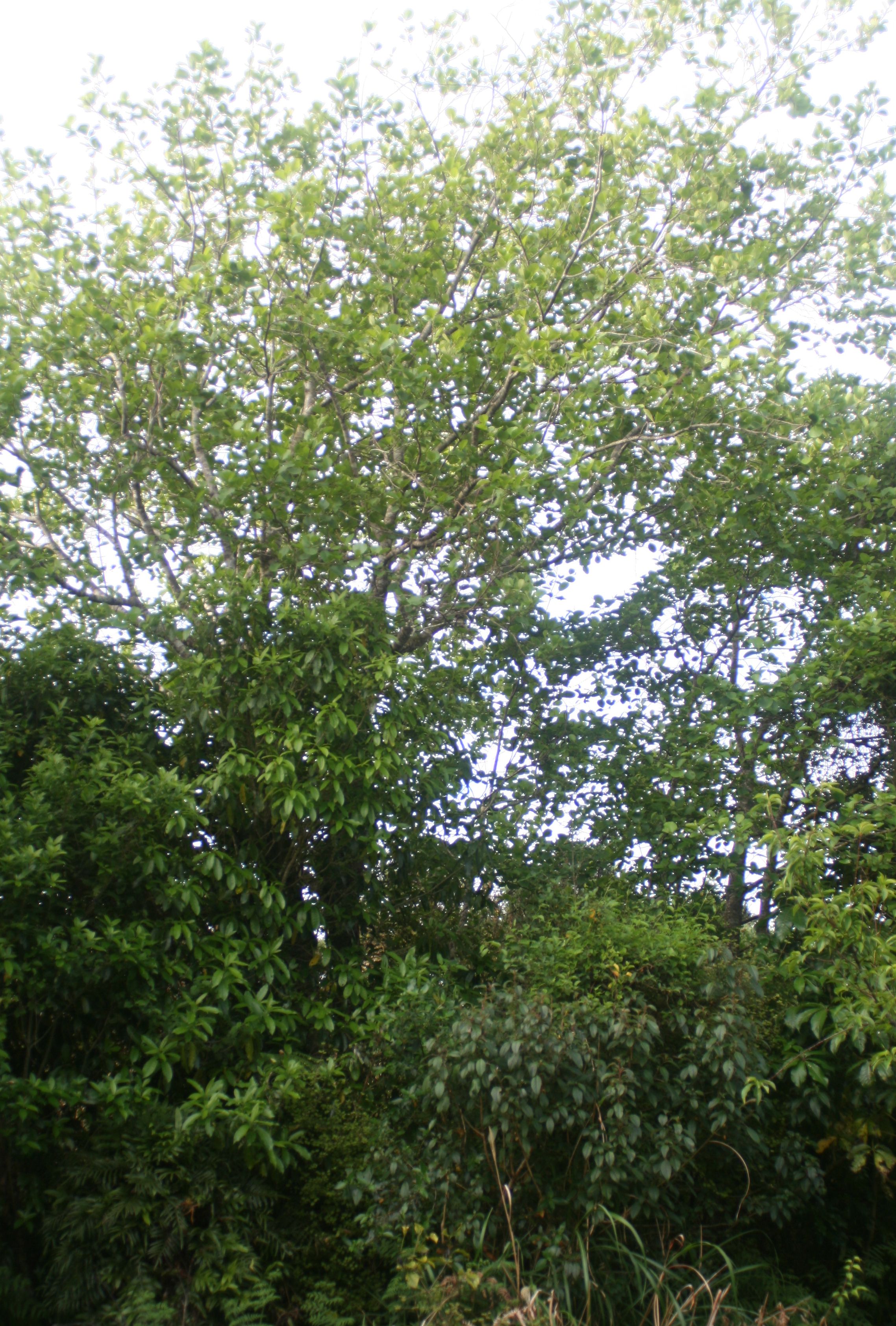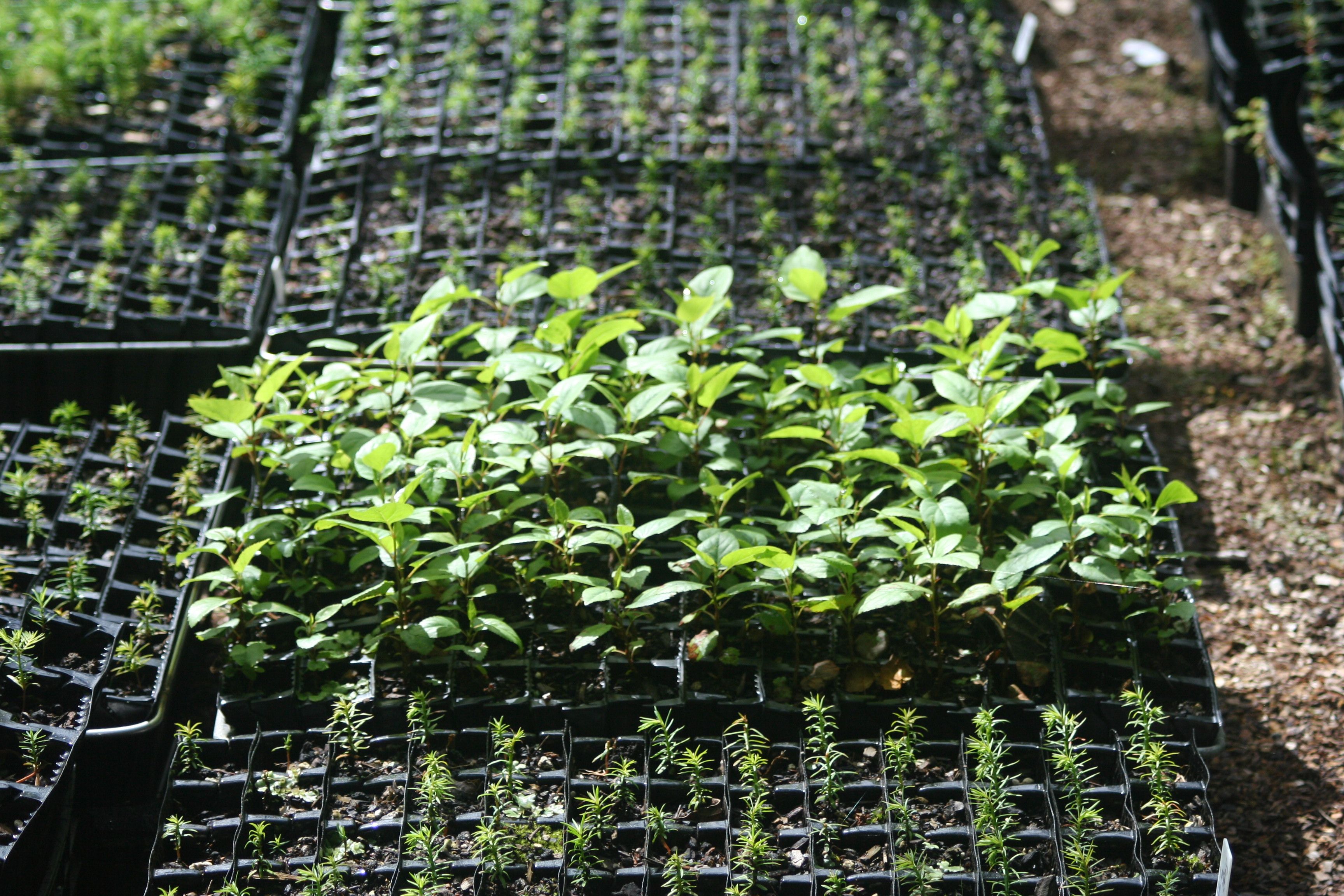Dial-a-Tree Virtual Tree Nursery
Tree Stuff Blog
Italian Alders - Easy to Grow! - by Ben Gaia, www.dialatree.co.nz
www.dialatree.co.nz
Good for Everything
Having trialled a lot of different trees mainly for timber and firewood coppice, both coastal and inland in the South island, I have found Alder trees to be some of the easiest trees to get growing. Lots of people have trouble establishing someof the fussier farm forestry trees. Oaks can take a year to recover and show no growth at all. Redwoods hate to dry out and need to be weeded during their tiny early years. But alders, once planted, more or less look after themsleves. Sure, they do better if you feed and weed them ( see my book on Organic Trees at the Growing Organic Trees book page ) Because they supply their own nitrogen and have adapted to poor soils and harsh weather, they thrive in our conditions and quickly get above head height, above the weeds, and create shade and shelter for other types of younger or slower trees.
Very quickly they reach a production size for smallwood logs or charcoal logs, at around ten years of age. They can be cut and will come back again with between one and three shoots left on the regrowth for production in another ten years.
See article on alder growing.

Red Alder Shelterbelt
Planting Alders
Alder seedlings can be found all year round in rootrainers from forestry nurseries. They are best planted when dormant, in autumn and winter, from a foot tall upwards (30cm plus). We have had good feedback from planting red and Grey alders, including a 23 year old forestry block in poor, swampy ground where the red alders have done well. They handle swamp but do not need or prefer it, their ideal site being alongside a river or lake, similar to the preferences of a Kowhai tree. But as an added bonus species either on-farm, for quick hardwood posts and hot firewood, or as companion trees to evergreens like redwoods, Alders are hard to beat. They handle most ground and most conditions except for drought.
The attractiveness of the Italian Alder as a tree, Alnus cordata, is undeniable. It is graceful and dances in the wind. Plus they are very hardy and handle frosts and cold winters very well. Italian alder seems to pose less of a weed threat than black alder. Its leaves are pointier and shinier than most other alder species. Its reputation was won as the provider of the purest gunpowder charcoal, and with our modern search for sustainable bio-fuels, the charcoal and firewood-for-power potential of this species is immense, especially considering its relatively fast growth in New Zealand.
A further advantage of alders is that when planted in winter they are tough, dormant sticks, and can be handled like pine trees in the field, surviving the transplant and delivery process well and taking off again with fresh fast growth in the spring.

Italian alders have a pleasing, dancer shape and shinier leaves than red alders.
We grow fruit and timber trees in the extreme climate of the South Island. Explore our mail order nursery for organic fruit and forestry trees.
Back to dialatree - and tree blog archive - www.dialatree.co.nz

